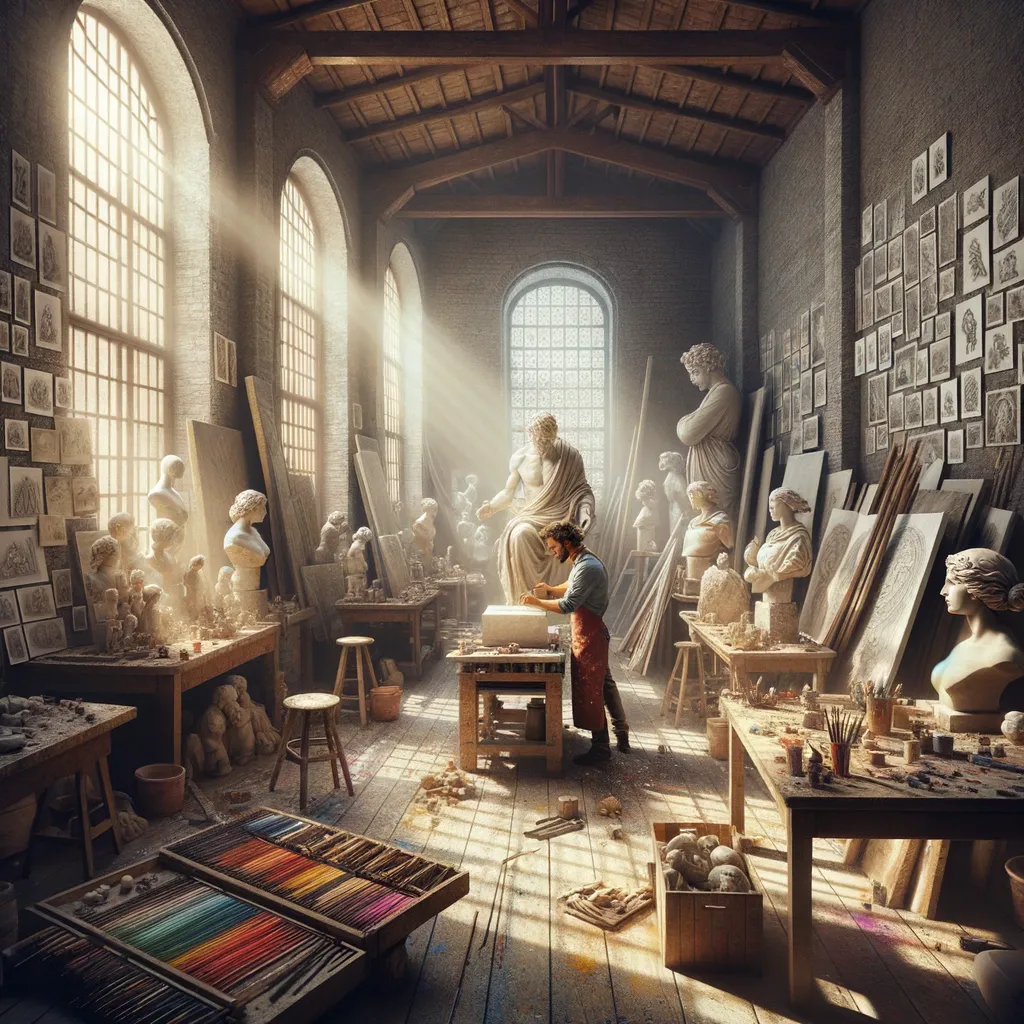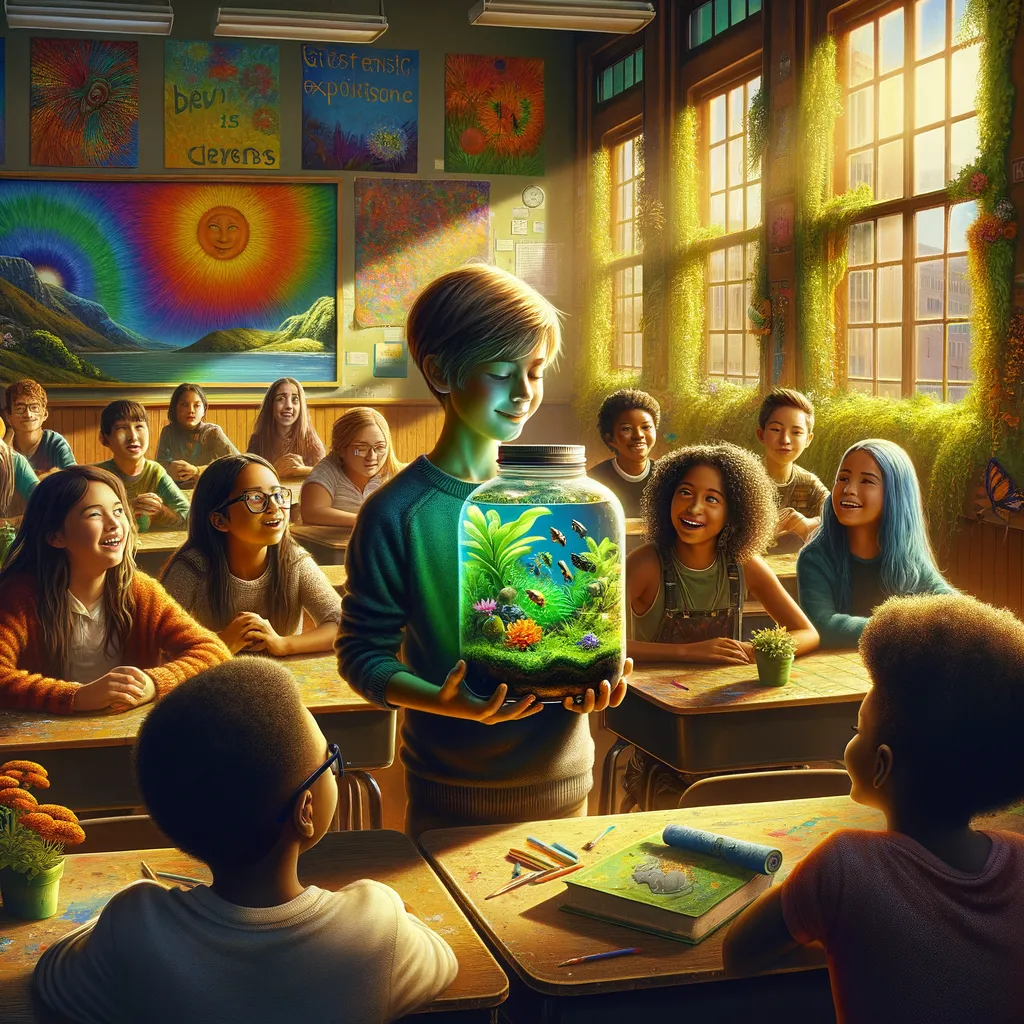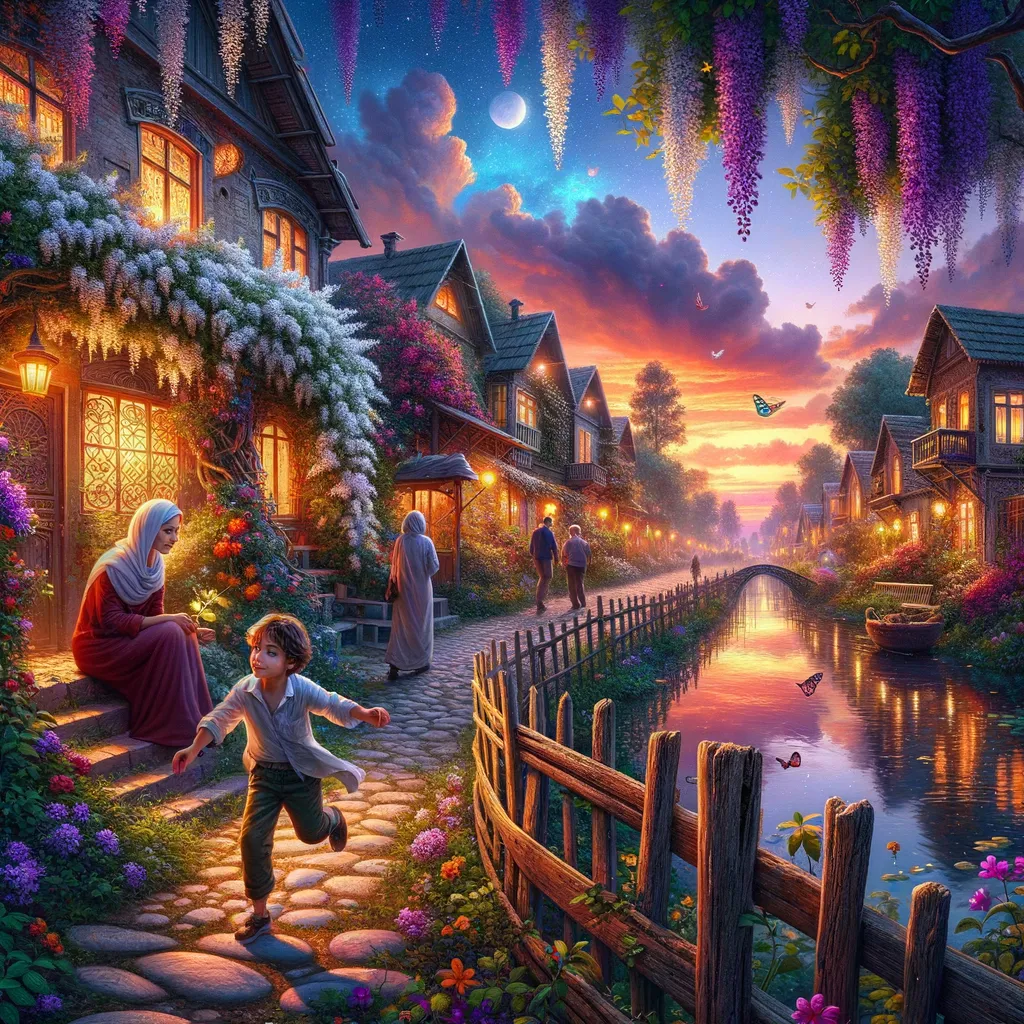Unraveling Labels: A Journey Beyond Stereotypes Awaits
Perched on the precipice of youthful certainty, I believed the world was neatly compartmentalized, each stereotype a comforting guide through the labyrinth of human experience. This illusion shattered one fateful evening when I encountered a sculptor whose meticulously organized studio defied every chaotic artist trope I had ever known. As I observed her disciplined approach, I was struck by a revelation: creativity could flourish within structure, not just chaos. Each conversation peeled back the layers of my misconceptions, unveiling the rich complexities that lay beneath the surface of our assumptions. With a newfound curiosity ignited, I embarked on a journey of discovery, eager to explore the intricate tapestry of human stories waiting to be uncovered beyond the limits of labeling.
In the memory of February 15, 2000, I found myself perched on the edge of youthful certainty, convinced that the world was neatly divided into categories, each one marked by a label that promised understanding. Stereotypes were my compass, guiding me through the complexities of human experience, or so I thought. Yet, as the sun dipped below the horizon that evening, casting long shadows across the landscape of my beliefs, I would soon discover the cracks in my simplistic worldview.
At that time, I had a firm belief that artists were perpetually disorganized, living in chaotic environments that mirrored the tumult of their creative minds. I envisioned paint-splattered floors, canvases piled haphazardly against walls, and a general air of disarray. This stereotype had been reinforced by countless movies and anecdotes, each one painting a picture of the “starving artist” archetype—romantic yet impractical, charming yet unreliable. It was a narrative I accepted without question, a narrative that seemed to offer both comfort and clarity.
But then, I met an artist whose life turned that stereotype on its head. A friend introduced me to her—a sculptor renowned for her breathtaking pieces crafted from reclaimed materials. Her studio, far from the chaotic mess I had imagined, was a sanctuary of order. Each tool hung precisely on the wall, every scrap of wood or metal meticulously categorized. I was struck by the way she approached her craft with discipline, her creative process as structured as a symphony, each note deliberate and purposeful.
As I spent time in her presence, I began to understand the profound interplay between chaos and order in creativity. Here was a woman whose imagination soared, yet she harnessed that energy with the precision of a seasoned architect. The way she spoke about her work—each piece a labor of love, each decision a calculated risk—challenged everything I thought I knew. The notion that creativity thrived only in disorder was a comforting fallacy, one that allowed me to excuse my own procrastination and lack of focus.
The more I learned from her, the more I realized that stereotypes often serve as convenient shortcuts, masking the rich complexities of individual lives. I was surprised to find myself inspired not just by her art, but by her dedication and methodical approach. The beauty of her creations was not born from chaos, but from a disciplined heart and a clear vision, shattering my preconceived notions and leaving me in awe of the hidden depths of human potential.
As the evening deepened and the stars began to twinkle like tiny revelations in the vast sky, I reflected on the greater implications of my experience. How many other stereotypes had I accepted without scrutiny? Each one was a veil that obscured the truth, a barrier to understanding the intricate tapestry of human existence. I had stumbled upon a fundamental truth: our perceptions can limit us, trapping us in a narrow view of reality.
The world, I realized, was not a collection of neatly labeled boxes, but rather a vast landscape filled with shades of gray, where every individual held a unique story. This newfound understanding ignited a curiosity within me, a desire to peel back the layers of complexity in everyone I encountered. I wondered how many other “truths” I had yet to uncover, lurking just beneath the surface of my assumptions.
In the months that followed, I made a conscious effort to question the stereotypes I encountered. I sought out stories, listened to experiences, and reveled in the richness that emerged when I allowed complexity to coexist with simplicity. Each encounter became a lesson, each story a brushstroke on the canvas of my understanding, transforming my perspective from one of judgment to one of empathy.
As I reflect on that pivotal moment in February 2000, I am left with a sense of wonder and responsibility. The journey of discovery is never-ending, each revelation a stepping stone toward a deeper understanding of the human experience. In a world eager to label and categorize, I now see the beauty in embracing the unknown, the unpredictable, and the contradictory.
What stereotypes do we hold that prevent us from seeing the full spectrum of humanity, and how might our lives change if we dared to look beyond the labels?
In a world eager to label and categorize, the true beauty lies in embracing the complexities that defy simplistic definitions.



